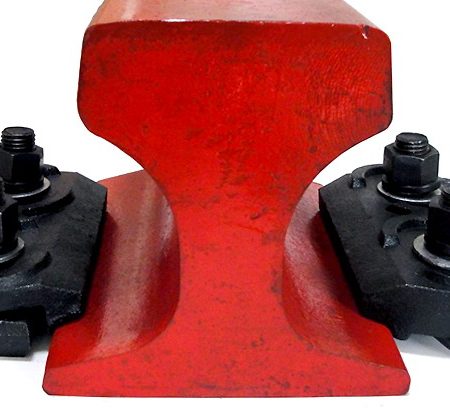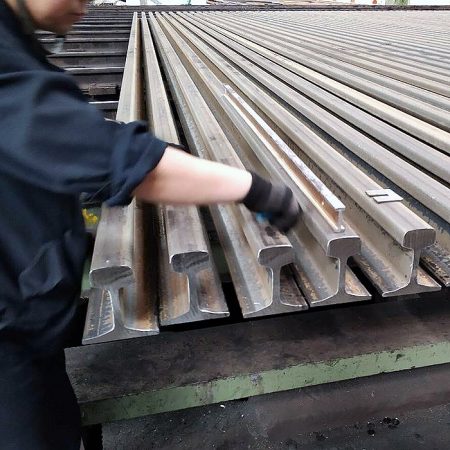IN 13674-1 is the European standard for railway rails. It specifies the requirements for the geometrical and dimensional properties, as well as the mechanical properties of flat bottom rails used in railway tracks. The standard covers various grades of rails and includes requirements for tolerances, straightness, surface quality, and other characteristics. Additionally, it provides guidance on testing methods and acceptance criteria for rail products.
IN 13674-1 includes several types of flat-bottomed rails used in railway tracks, including:
– Vignoles rails (also known as flat bottom rails)
– Grooved rails (with a continuous groove on the underside)
– Rails for switches and crossings (with specific geometries for use at turnouts and crossings)
– Crane rails (used in industrial applications)
The standard covers different rail grades, such as R200, R220, R260, R260Mn, R320Cr, və R350HT, each with its own mechanical properties and requirements.
IN 13674-1 specifies the requirements for the chemical composition and mechanical properties of steel rails used in railway tracks. The chemical composition of the rail steel should meet the specified limits for carbon, manganese, silicon, phosphorus, sulfur, and other elements. The mechanical properties of the rail steel are specified in terms of its yield strength, tensile strength, elongation, and impact toughness.
The EN 13674-1 standard for railway rails is used in European countries and other regions where European rail standards are adopted. The standard covers the requirements for flat bottomed rails, grooved rails, rails for switches and crossings, and crane rails used in railway tracks.
Railway operators, contractors, and manufacturers in Europe and other regions that follow European standards use EN 13674-1 to ensure that the rails they produce or use meet the required geometrical, dimensional, and mechanical properties. This standard is important for ensuring the safety and reliability of railway tracks, as well as for facilitating the interoperability of railways across different countries and regions.
IN 13674-1 is a European standard for railway rails, and it is used in many European countries. Some of the countries that use this standard include:
– France
– Germany
– Italy
– Spain
– United Kingdom
– Belgium
– Netherlands
– Sweden
– Norway
– Switzerland
Other countries outside of Europe may also use this standard if they adopt European rail standards or have railway systems that are compatible with European railways.
Welcome to ask us the international standard flat bottom rails as below:







